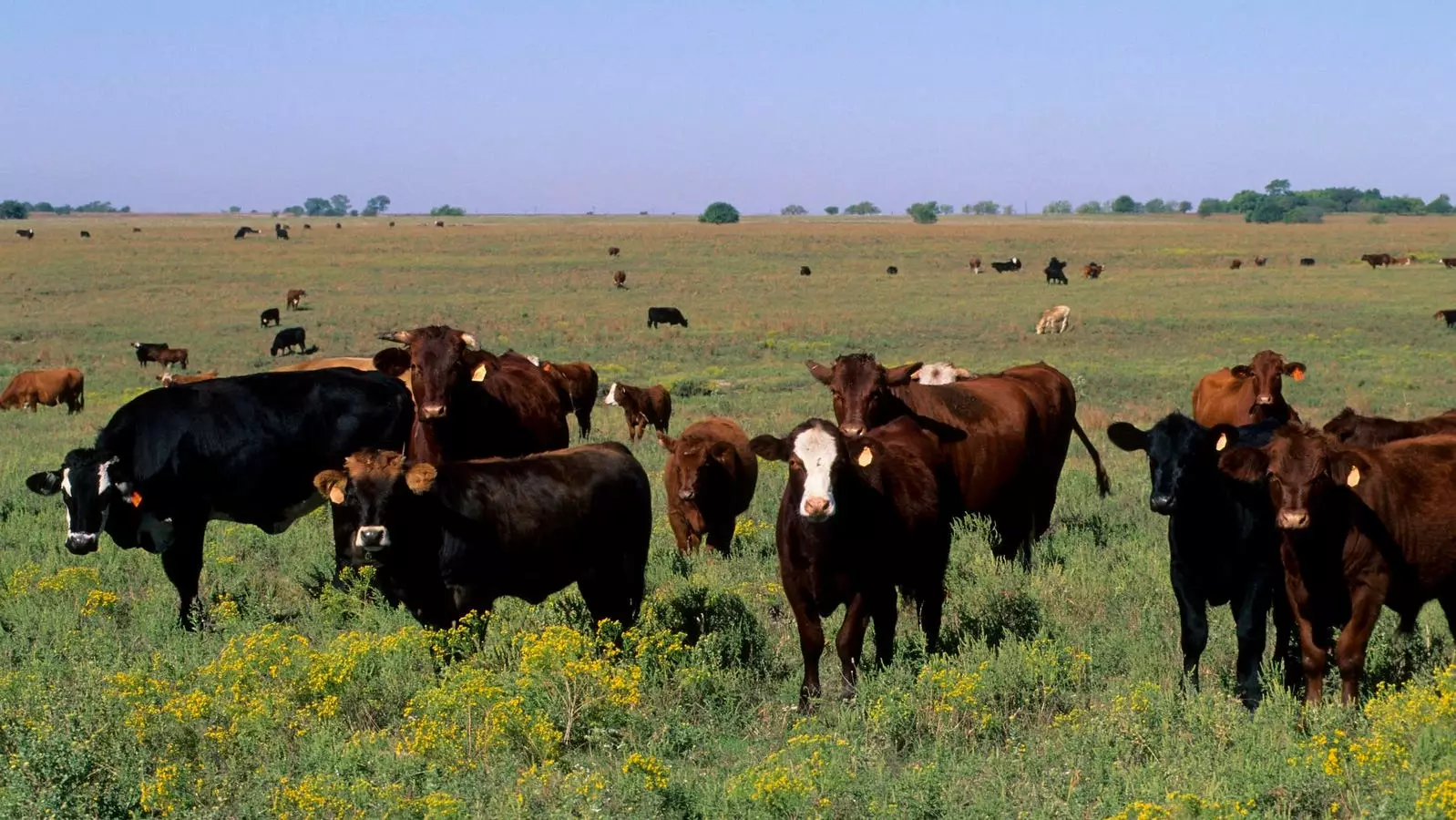The recent heavy rainfall in Colorado and other parts of the High Plains has brought a much-needed relief to the region’s moderate drought. This is a significant development considering that the High Plains states from Kansas to Montana are major cattle-raising areas in the United States. Last year, extreme heat and drought conditions led to the death of hundreds of livestock, making it one of the deadliest seasons for cattle in recent history. The fact that 2024 has not been as disastrous is indeed good news for the workers, animals, and crops in the region.
The impact of the rainfall extends beyond just the cattle industry. With summer in full swing, the agricultural sector is benefiting from the much-needed moisture. Farmers and ranchers across the region can now expect a boost in crop yields and healthier pastures for their livestock. The increased water supply will also help alleviate some of the stress caused by previous dry conditions, leading to a more sustainable and profitable farming season.
One notable development in the agricultural industry is the introduction of electric, autonomous tractors by companies like Monarch Tractor. These innovative technologies are set to revolutionize farming practices by improving efficiency and reducing environmental impact. The recent funding secured by Monarch Tractor indicates a growing interest in sustainable agriculture and a shift towards more sustainable farming methods. As the industry continues to evolve, we can expect to see more investments in technologies that prioritize environmental stewardship and long-term sustainability.
As global events like COP29 put a spotlight on environmental issues, the importance of sustainable food systems becomes increasingly clear. Advocates are pushing for food and agriculture to remain at the forefront of discussions, building on the momentum from previous conferences. Ensuring that food production is both economically viable and environmentally sustainable is essential for addressing the challenges of climate change and feeding a growing population. By focusing on holistic approaches to food systems, we can work towards a more sustainable and resilient future for agriculture.
The recent rainfall in the High Plains region has brought relief to the agricultural sector, particularly cattle ranching. The positive impacts of the moisture on crop production, livestock health, and sustainable farming technologies highlight the interconnected nature of agriculture and the environment. Moving forward, it is essential to continue investing in sustainable practices and technologies to ensure the long-term viability of the industry.

